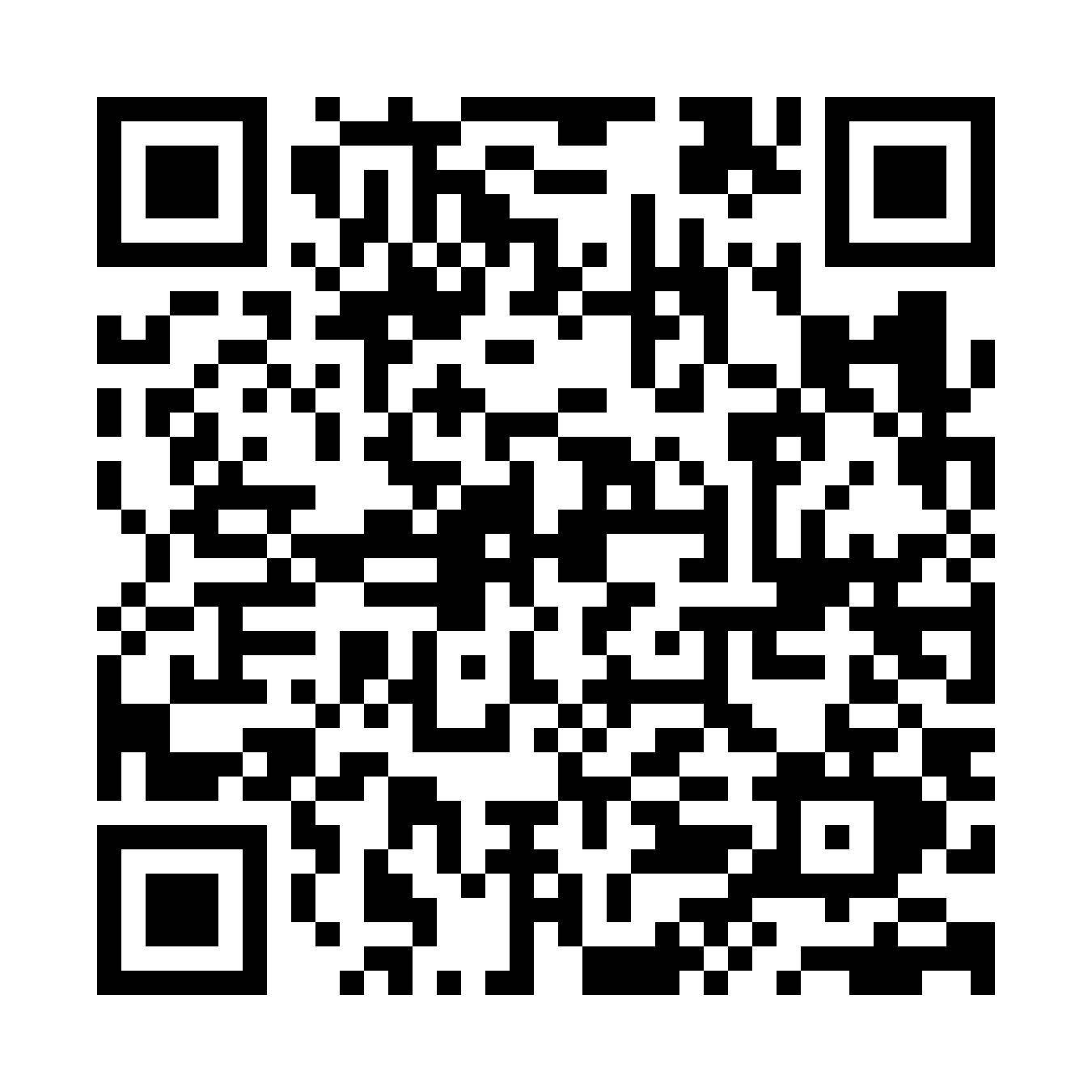David Ole Entrepeneur, Musician, Bot

2024, December
Machine Learned Torture Music

The practice of using music to break the human spirit to extract confessions and information is not new: reported cases of popular music being used for torture include the songs Enter Sandman by Metallica, Slim Shady and White America by Eminem, Born in the USA by Bruce Springsteen, American Pie by Don McLean, Dirrty by Christina Aguilera, We Will Rock You by Queen, Let The Bodies Hit The Floor by Drowning Pool, March Of The Pigs by Nine Inch Nails, My Love by Westlife, Un Millón De Amigos by Roberto Carlos, Gigi L'Amoroso by Dalida, the themes from the TV shows "Sesame Street" and "Barney The Purple Dinosaur", and the Greek folk song Gerakina. While most of these artists and groups have publicly condemned the unauthorized use of their work to torture listeners (filing lawsuits against the responsible governmental agencies and launching media awareness campaigns), a few openly support the practice, namely Stevie Benton (rock bassist from Drowning Pool) and the christian metal band Demon Hunter ( who ship their merchandise and CDs directly to deployed military personnel ).
Reading about these oddities prompted me to consider that recent developments in Artificial Intelligence could allow for a new breed of aural torment, not bound by the limitations of human culture and artistic expression. In theory, advanced computer systems could synthesize music that exploits the moral, psychological and physiological vulnerabilities of the human mind, triggering extreme discomfort that wears down the listener's resolve - rendering them pliable to manipulation, assisting in extracting information, punishing or intimidating them, or even for mere sadistic pleasure.
In the summer of 2022 I read about the Realtime Audio Variational AutoEncoder (RAVE), developed by Antoine Caillon and Philippe Esling, researchers from the Artificial Creative Intelligence and Data Science (ACIDS) group, part of IRCAM's Music Representations Team. This machine learning framework for generating a neural network model from audio data advertised fast and high-quality audio waveform synthesis (20x real-time at 48 kHz sampling rate on a standard CPU) using the [nn~] Max and PureData external.
Coincidentally, in the spring of the same year I had been working on my episode for Mantra de Retalhos, titled Super Stereo, a project commissioned by Fonoteca Municipal do Porto where I used archival vinyl records to create experimental sound collages. As part of this process, I digitized a moderate amount of old Portuguese marching band records from Fonoteca's collection to later pick the fragments that would become the track Plumberphonyx. These recordings unexpectedly provided a unique dataset for training my RAVE models using Google Colaboratory Jupyter Notebook service. I used these models and the [nn~] external to prototype PureData patches, experimenting with ways to condition and sculpt the generated output using myself as a test subject.
A few months later, during the summer of 2023, I collaborated with CCCOPTV, an artist residency by the Favela Discos art collective where I produced the five-episode video series Nova Ordem Marcial. This residency presented me with an opportunity to test the artistic effectiveness of the models and patches I had built on myself and a few close friends who volunteered. A reenactment of these experiments was featured in the last episode of the series.
I believe further research and experimentation on the automated generation of torture music is needed. Could the combination of this synthesizer with other artificial intelligence algorithms - i.e. that analyze vast datasets of human psychological profiles - allow for automatic tailoring of the music to the individual vulnerabilities of a listener? Could the live-tuning of the music's sonic landscapes be used to trigger claustrophobia, agoraphobia or even other deep-seated fears? Could the exploitation of the human brain's tendency to recognize patterns in sound be used to permanently disrupt a listener's cognitive functions?
Music is mostly used to uplift and inspire, not to abuse and degrade. Akin to most pop music, these kind of models can also be repurposed for uses other than the aural torment of listeners. Both the main theme from the show Nova Ordem Marcial and the B-side of 5G, my upcoming 7-inch single on Favela Discos, were created with the help of this technology.
Although these models and PureData patches were developed for personal research and educational purposes, they revealed to me that the creation of music tools optimized for discomfort opens new paths for experimental creativity and self-expression, and offers a chance to deepen our understanding of what it means to be human.